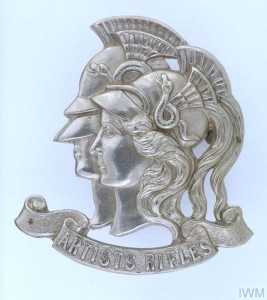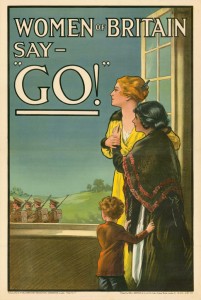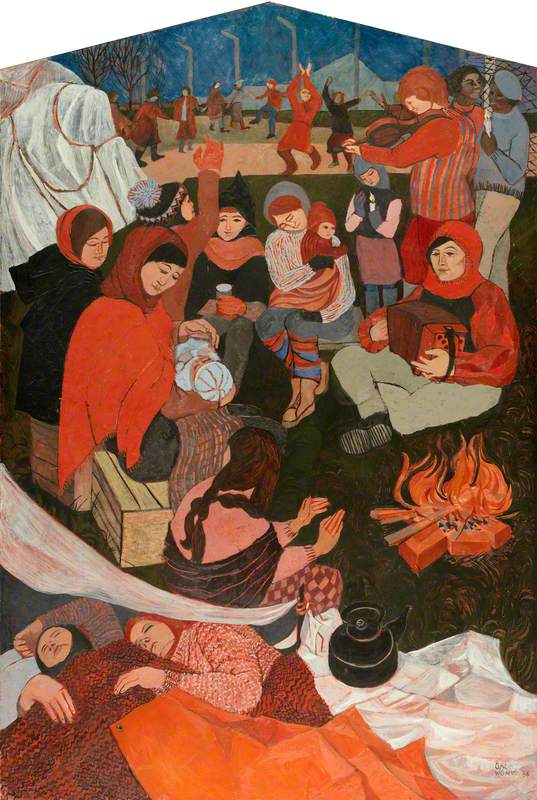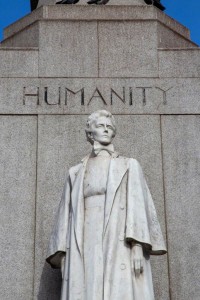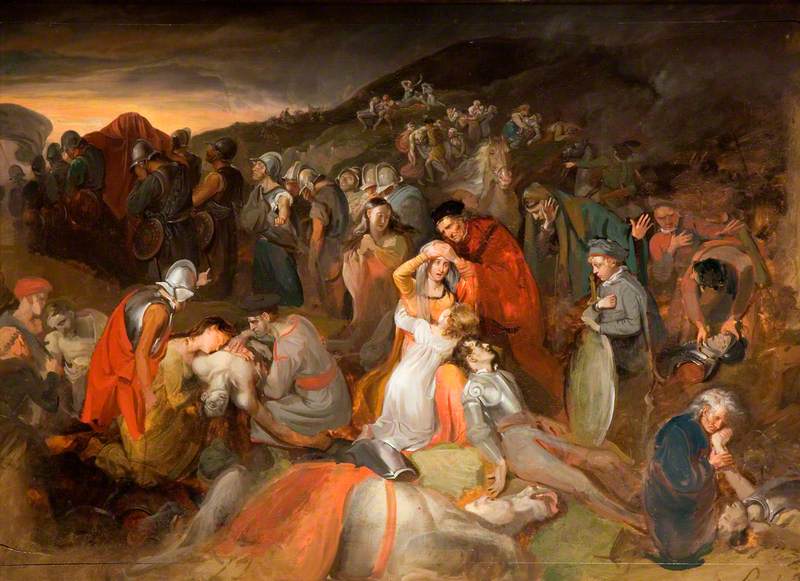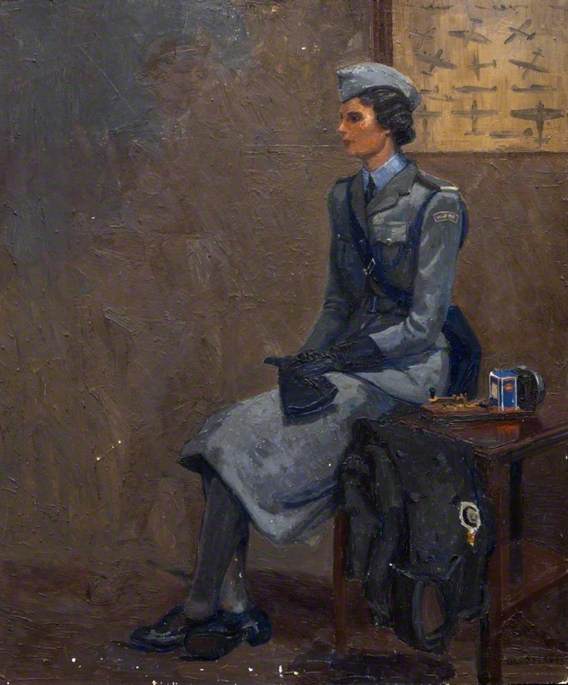On 18th January 1919 a conference opened in Paris, attended by representatives of 32 countries and nationalities. Their aim was to ensure that 'the war to end all wars' would indeed see peace established forever. It was to set peace terms for the Central Powers and designed to ensure that Germany, in particular, could never again be an offensive power.
The opening date of the Paris Peace Conference was in itself significant and set the tone for the proceedings that followed. It was on this date in 1871 that Wilhelm I was proclaimed German Emperor (Kaiser) in the Hall of Mirrors at Versailles following the end of the Franco-Prussian War which saw France defeated. This date, therefore, marked nothing less than the birth of Germany as a modern nation.
The conference was dominated by, as they were termed, the ‘Big Four’ – the leaders of France, Britain, the USA and Italy.
The French Prime Minister was Georges Clemenceau, who in his lifetime had seen Germany invade France twice.
The British Prime Minister was David Lloyd George.
David Lloyd George (1863–1945)
1917
Christopher Williams (1873–1934) 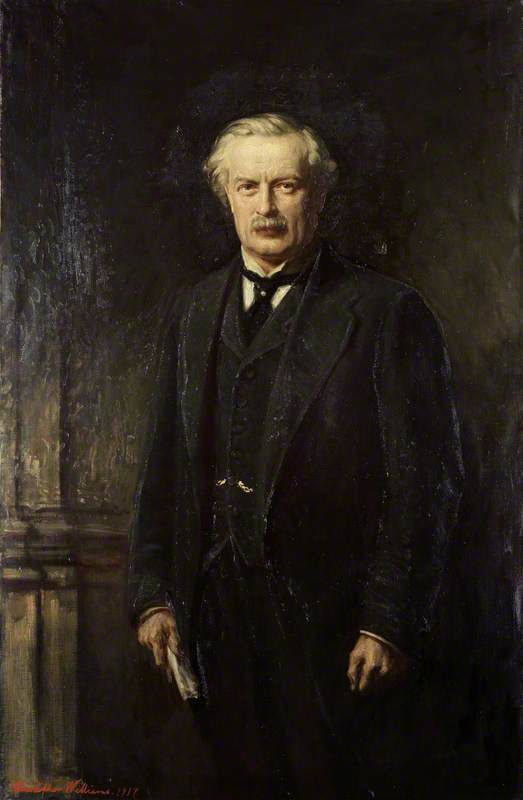
The American President was Woodrow Wilson and the Prime Minister of Italy was Vittorio Emanuele Orlando.
All of these leaders were aware of the public wish for peace and to make those who were seen as the aggressors pay for the war. In short, revenge was sought. Over six million Allied military personnel had died in the conflict, leaving an absence felt by wives, mothers, lovers, sons and daughters. Not to mention the countless civilian deaths and the legacy of the war in terms of wounded. This is of course not to forget the four million military personnel from the Central Powers who were killed – but at the time these were not accounted. Each death left a space never to be filled.
The outcome of the Conference was the well-known Treaty of Versailles (which had 15 chapters and 440 clauses) signed on 28th June 1919. This officially ended the state of war between the Allied powers and Germany.
The Signing of Peace in the Hall of Mirrors, Versailles, 28 June 1919
1919
William Orpen (1878–1931) 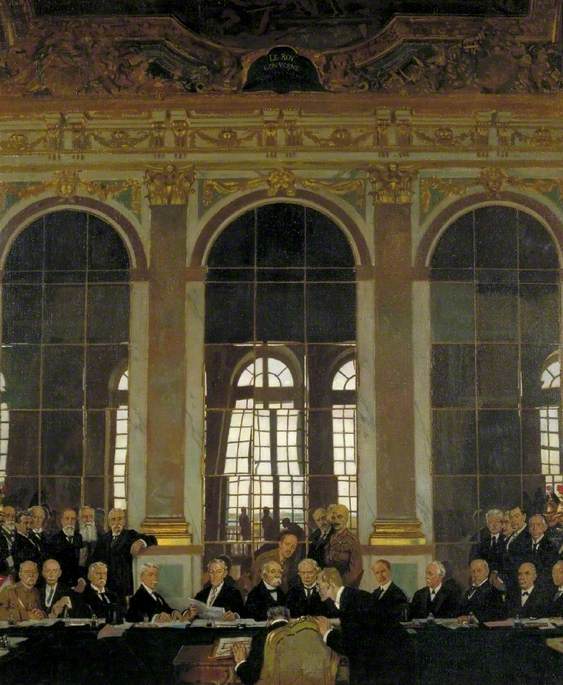
There were, in fact, four other treaties that were signed and brought into being at the Conference – the Treaty of St Germain, Treaty of Neuilly, Treaty of Trianon and the Treaty of Sèvres (the latter one was revised by the Treaty of Lausanne). These treaties saw Europe literally redrawn and new countries come into being. Germany had its forces restricted and was allowed no airforce, heavy artillery, tanks, poison gas or military general staff. Its overseas empire of 1 million square miles was surrendered to the newly formed League of Nations. On top of this, in 1921 The Reparation Committee ordered that Germany pay an estimated £6.6 billion. All of these decisions would, of course, have far-reaching repercussions.
You can read more details on the politics of the conference in Alan Sharp's online article.
The activities of the Conference were captured in oils by artists such as William Orpen and Herbert Olivier.
One can indeed view the amount of administration and organisation that took place at the conference thanks to this painting.
Sketch of the Table in the Hall of Mirrors, at Which the Treaty of Versailles Was Signed
1919
Herbert Arnould Olivier (1861–1952) 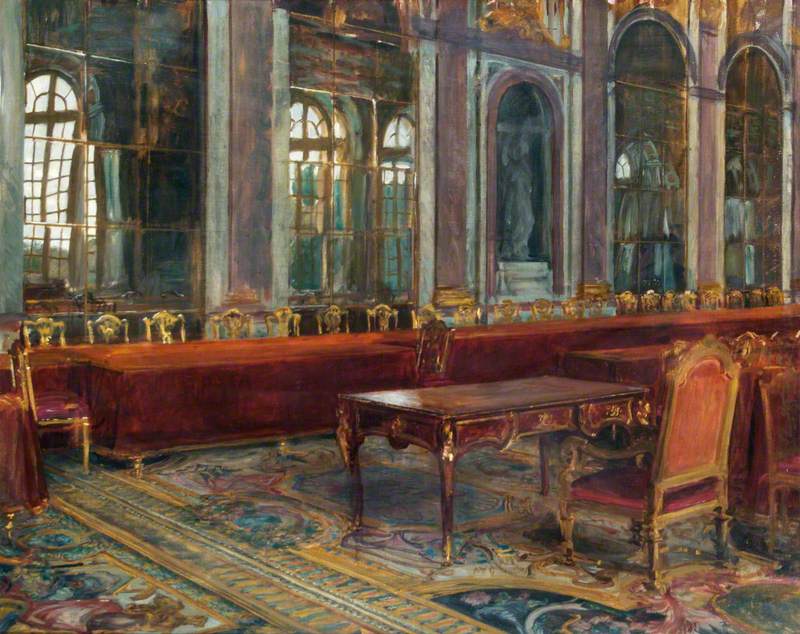
This artwork by Herbert Olivier was awarded a silver medal by the Paris Salon. Olivier (an uncle of Laurence) studied at the Royal Academy and exhibited at the RA from 1883. He served as the unofficial artist at the Paris Peace Conference.
Olivier died in 1952 and the great portrait painter Frank Salisbury wrote to The Times to pay tribute. Referring to Herbert Olivier’s work as Honorary Secretary of the Royal Society of Portrait Painters, he described him as broadminded and gallant who encouraged young artists. Olivier had in the view of Salisbury achieved ‘great accomplishments artistically and historically’.
Operations Room Conference, Bomber Command, October 1943
exhibited 1944
Herbert Arnould Olivier (1861–1952) 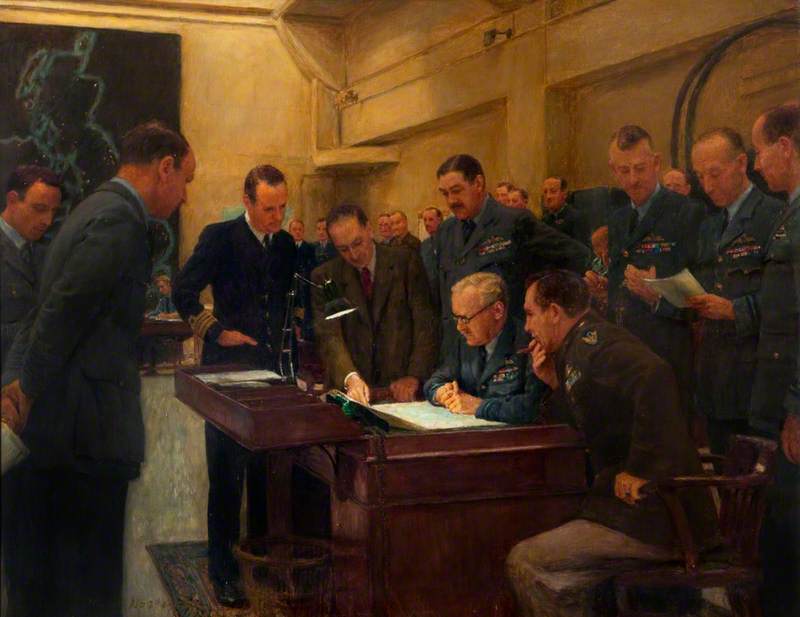
One of these that Salisbury highlighted as Olivier's great works was this of Bomber Command in 1943 – a conference again, but this time, of war.
In many respects, this war was a direct result of the Paris Peace Conference and the wish for revenge. As we know today, the 'war to end all wars' was sadly – and ominously – to become known as the First World War.
Gary Haines, archivist and researcher

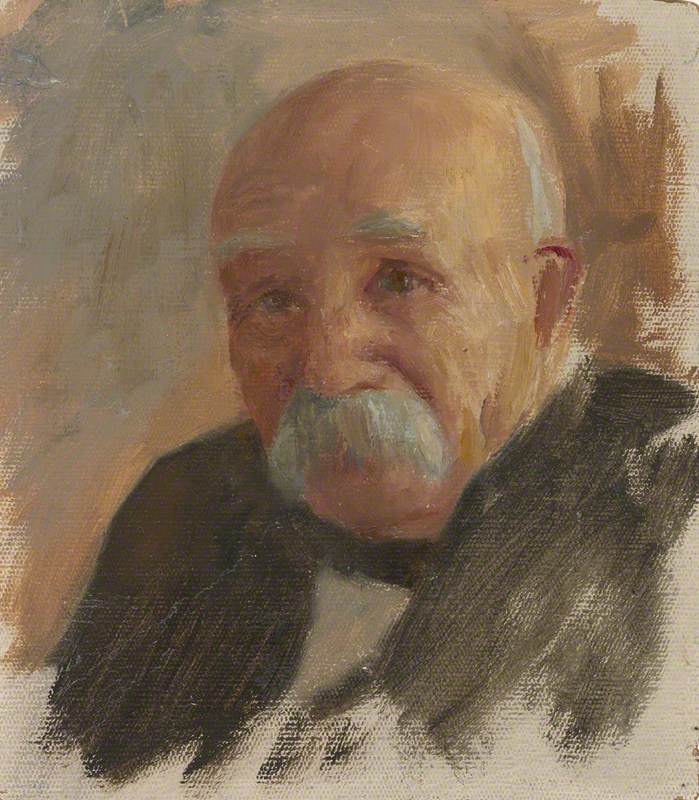
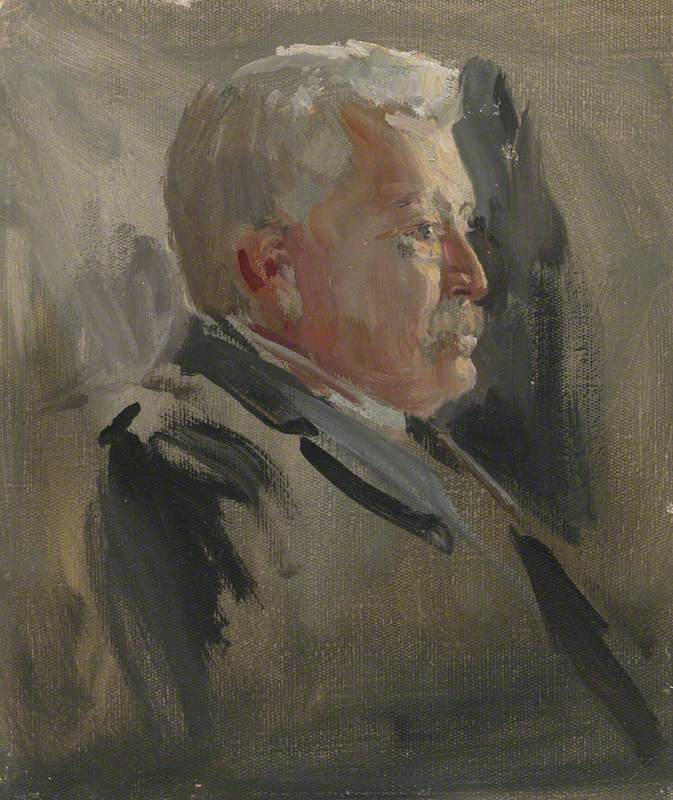
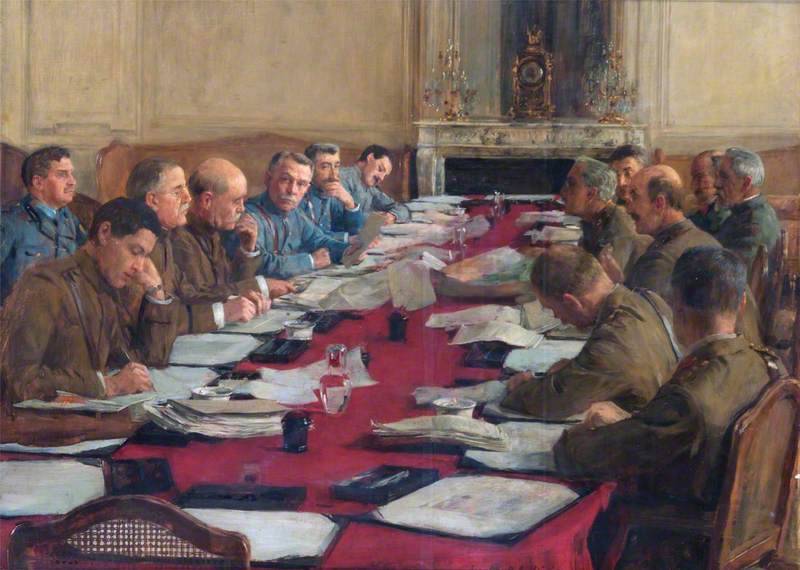

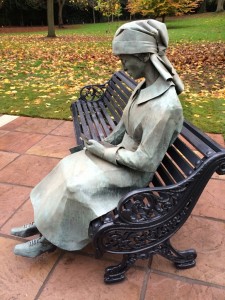

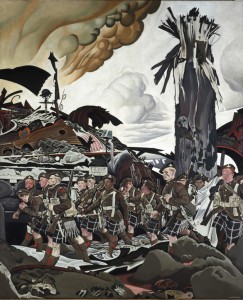
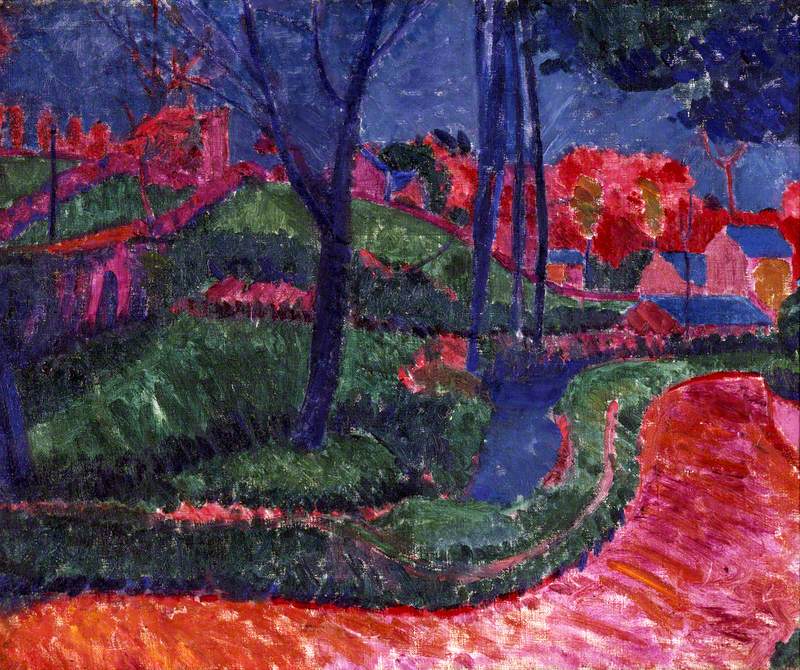
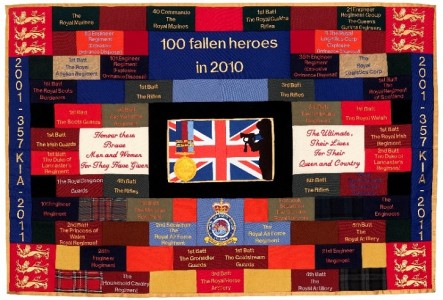

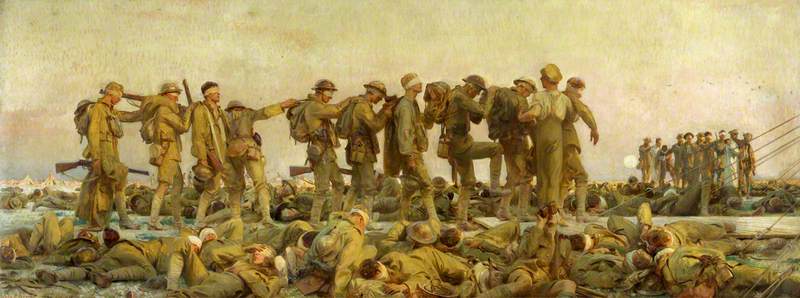

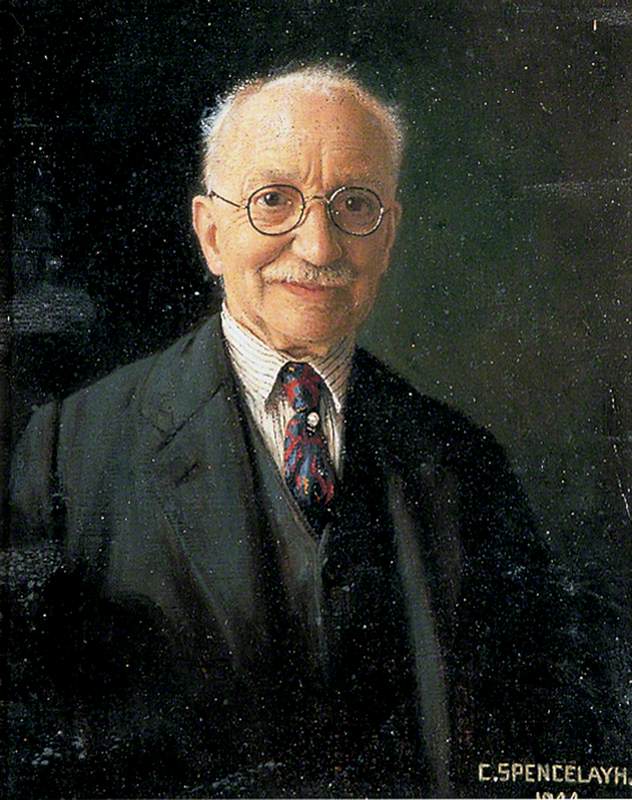
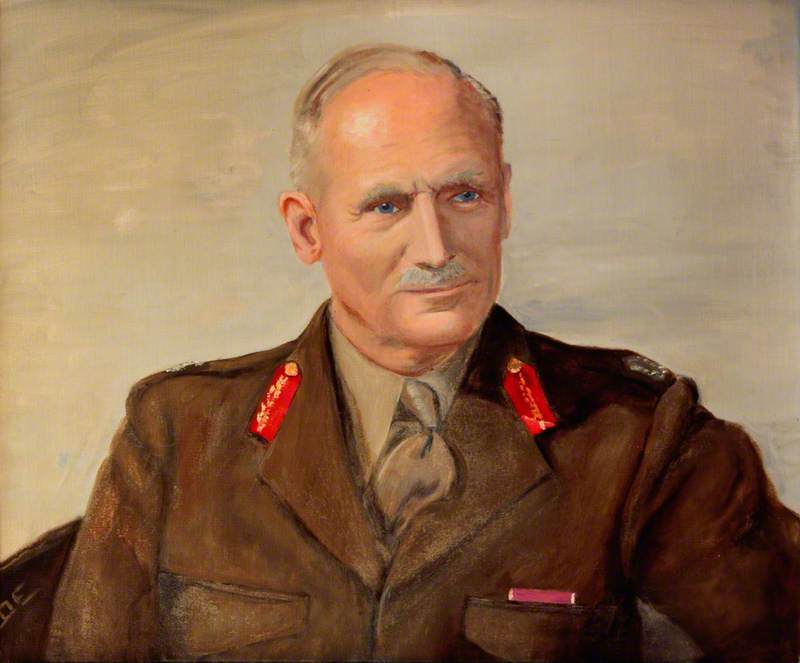
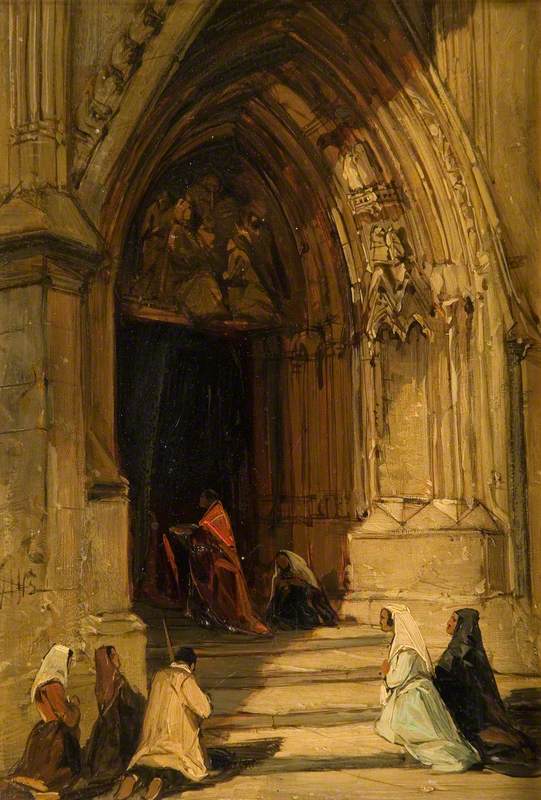
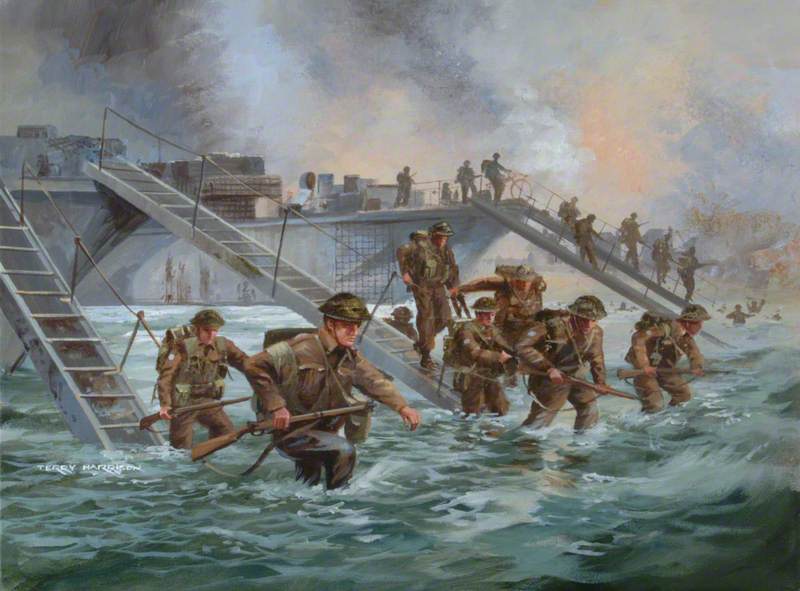
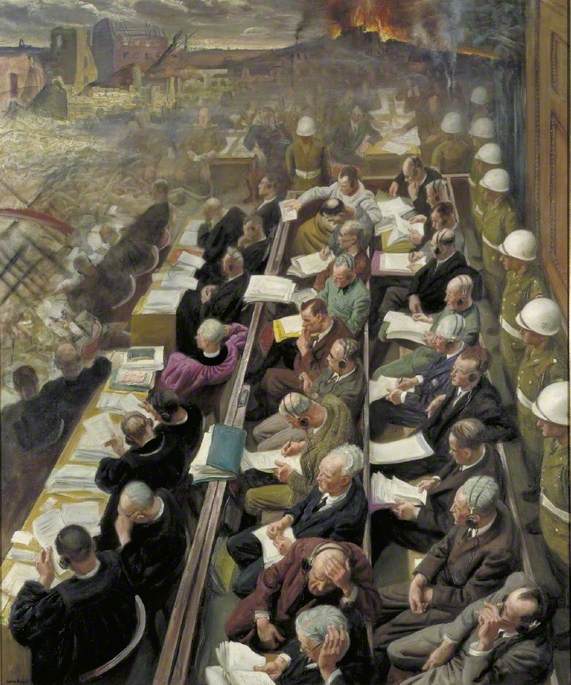
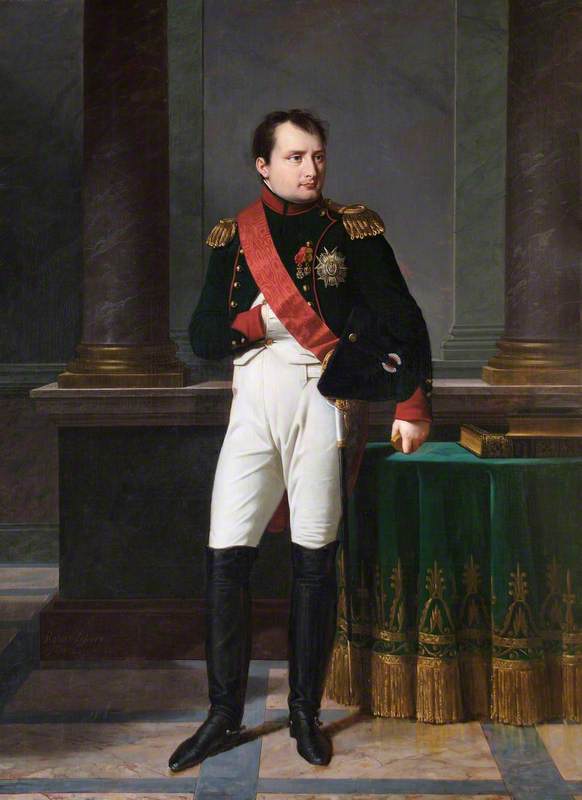

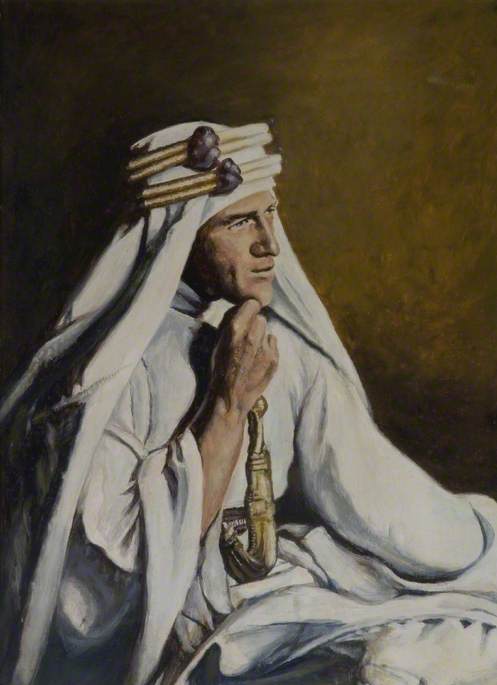
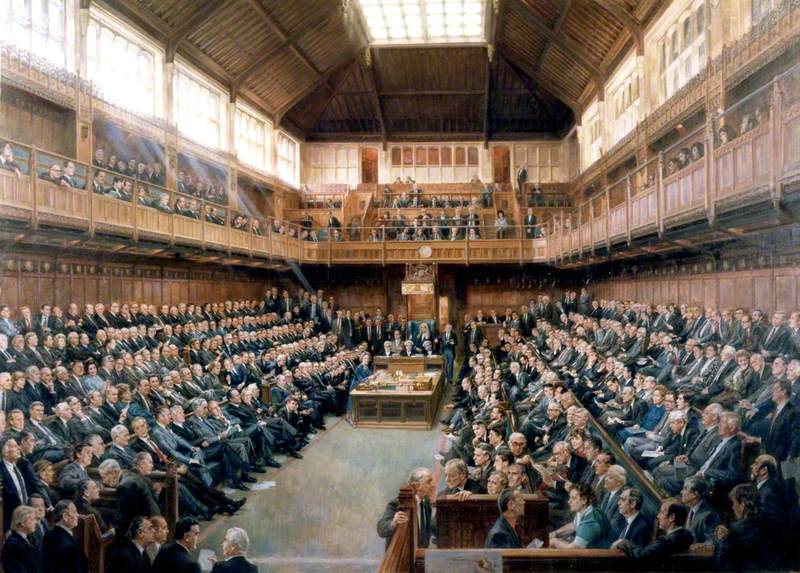

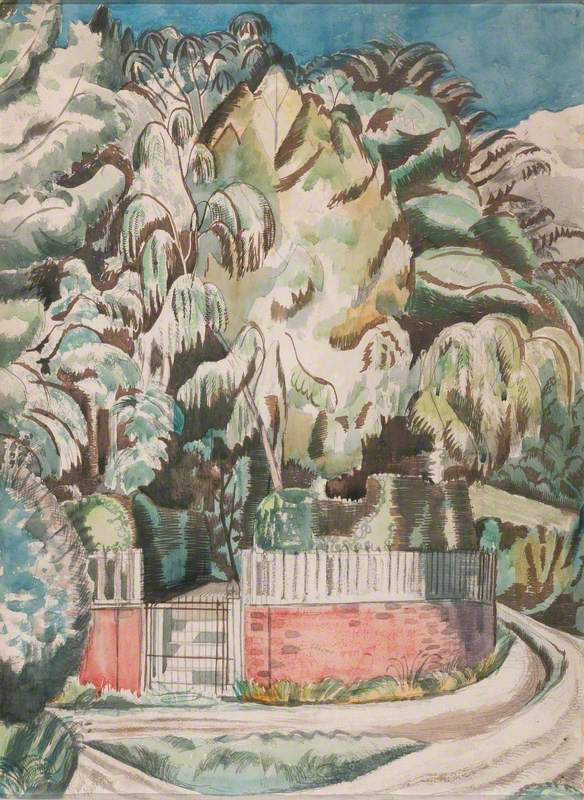
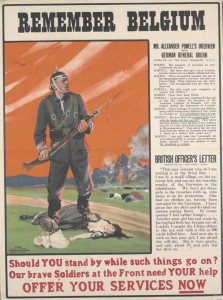
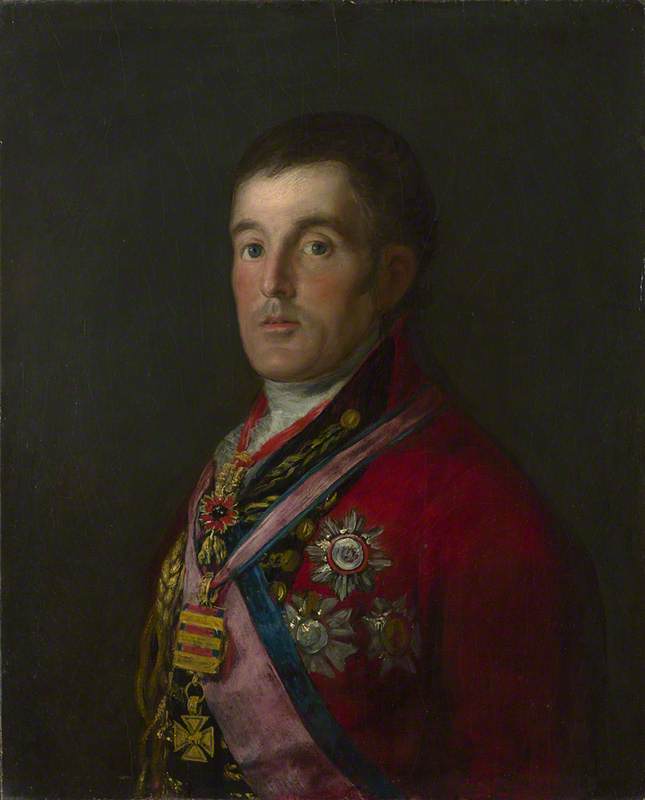

.jpg)

